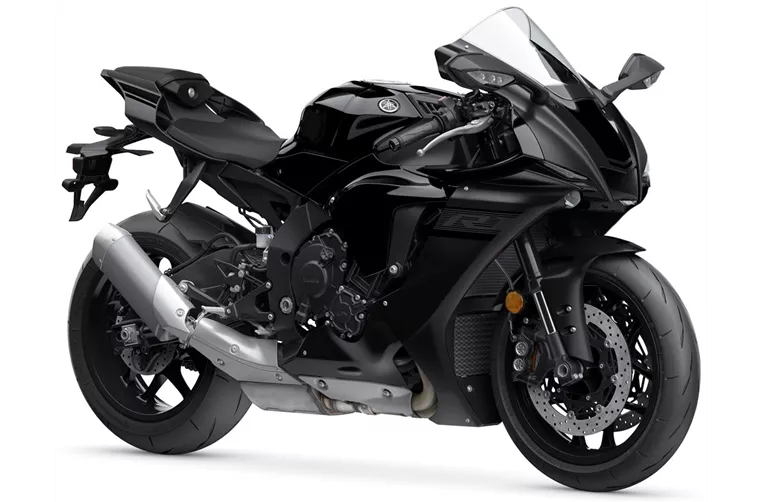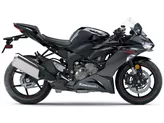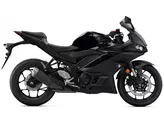Yamaha YZF-R6 2017 vs. Yamaha R1 2020

Yamaha YZF-R6 2017
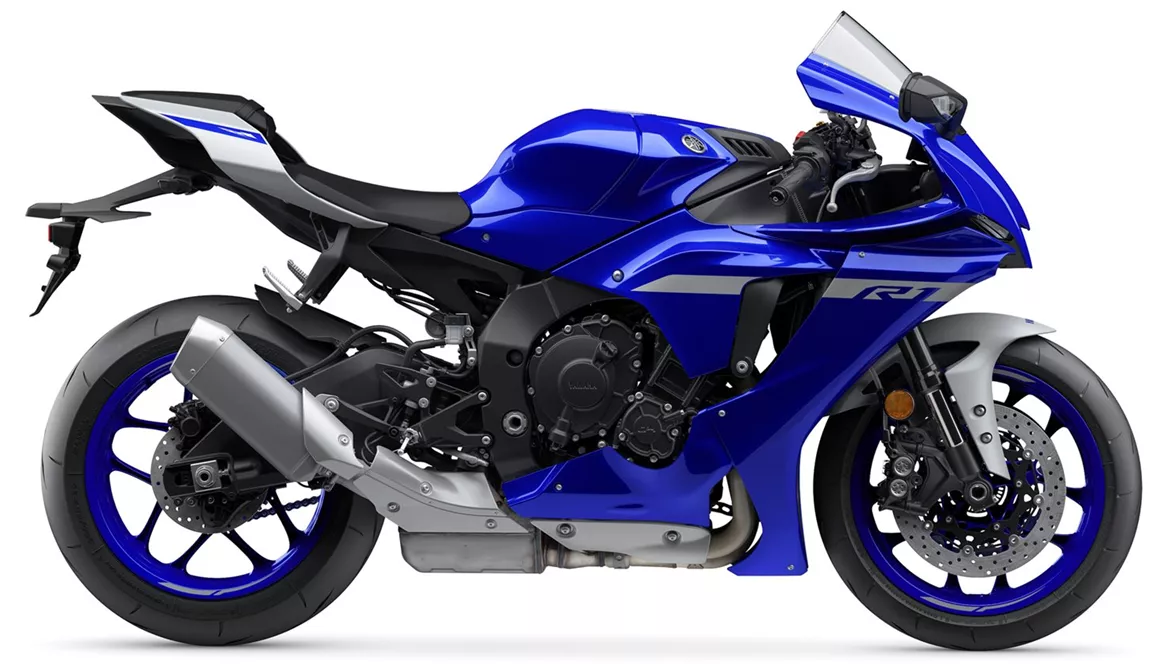
Yamaha R1 2020
Overview - Yamaha YZF-R6 2017 vs Yamaha R1 2020
The Yamaha YZF-R6 model year 2017 and the Yamaha R1 model year 2020 are both high-performance motorcycles from Yamaha's supersport lineup. While they share some similarities in terms of design and features, there are notable differences between the two models.
Starting with the engine and drivetrain, the Yamaha YZF-R6 2017 is equipped with a 599cc engine that produces 124 horsepower and 65.7 Nm of torque. On the other hand, the Yamaha R1 2020 boasts a larger 998cc engine that delivers a whopping 200 horsepower and 112.4 Nm of torque. This significant increase in power makes the R1 more suitable for those seeking exhilarating speed and acceleration.
In terms of dimensions and weights, the Yamaha R1 2020 has a slightly longer wheelbase of 1405mm compared to the YZF-R6's 1375mm. Additionally, the R1 has a slightly higher seat height of 855mm compared to the YZF-R6's 850mm. Both motorcycles have a fuel tank capacity of 17 liters, ensuring decent range for long rides.

Yamaha YZF-R6 2017
When it comes to suspension, both models feature upside-down telescopic forks at the front, providing excellent handling and stability. The chassis for both motorcycles is made of aluminum and follows the Deltabox frame type, ensuring a lightweight and rigid structure.
In terms of braking, both the Yamaha YZF-R6 2017 and the Yamaha R1 2020 feature double disk brakes at the front. However, it is worth noting that the Yamaha R1's braking performance is not considered 100% satisfactory on the race track, which could be a potential drawback for those seeking ultimate performance.
In terms of tire specifications, both motorcycles have a front tire width of 120mm and a front tire diameter of 17 inches. However, the Yamaha R1 2020 has a wider rear tire width of 190mm compared to the YZF-R6's 180mm. This wider rear tire provides better traction and stability, especially during aggressive cornering.
Moving on to the strengths of each model, the Yamaha YZF-R6 2017 is praised for its strong and direct brakes, sharp looks, automatic gearshift, good wind protection, precise handling, and high transparency. On the other hand, the Yamaha R1 2020 is commended for its powerful engine, clean response, great sound, stable chassis, high-quality electronics, and wonderfully noble overall impression.
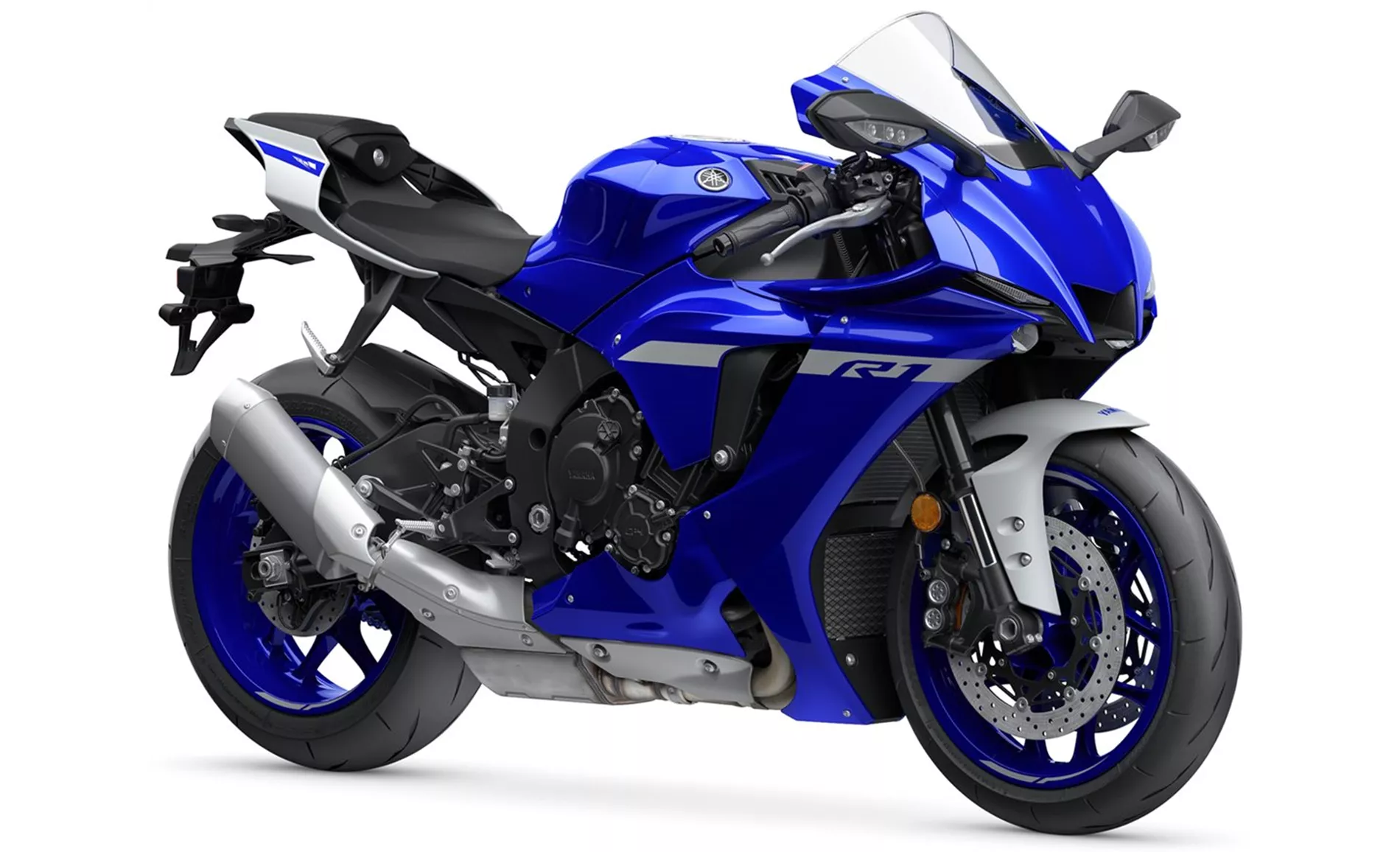
Yamaha R1 2020
However, it is important to note that the Yamaha YZF-R6 2017 has a radical seating position that may not be suitable for touring, and its standard power output is lower at 118.4 horsepower compared to the R1. Additionally, upgrading the YZF-R6 can be cost-intensive.
On the other hand, the Yamaha R1 2020 has been criticized for its brake performance, which is not considered 100% satisfactory on the race track. This could be a drawback for riders who prioritize track performance.
In conclusion, the Yamaha YZF-R6 2017 and the Yamaha R1 2020 are both impressive motorcycles with their own strengths and weaknesses. The YZF-R6 offers a more affordable option with good handling and aesthetics, while the R1 provides a more powerful engine and higher overall performance. Ultimately, the choice between the two models depends on the rider's preferences and intended use.
Technical Specifications Yamaha YZF-R6 2017 compared to Yamaha R1 2020
Pros and Cons in comparison
Pros and Cons in comparison
Yamaha YZF-R6 2017

The Yamaha R6 2017 is still a visually and dynamically radical supersport motorbike that is one of the best and probably the last of its kind. The EURO4 standard costs the 599 cubic in-line four-cylinder with titanium valves a whole 11 hp compared to the 2007/2008 model. Yamaha is clearly targeting hobby, amateur and professional racers who don't care about standard performance anyway. With more than 50 accessories, the R6 can be upgraded according to need and budget. However, everyone should be aware that this can cost a lot of money.
Yamaha R1 2020
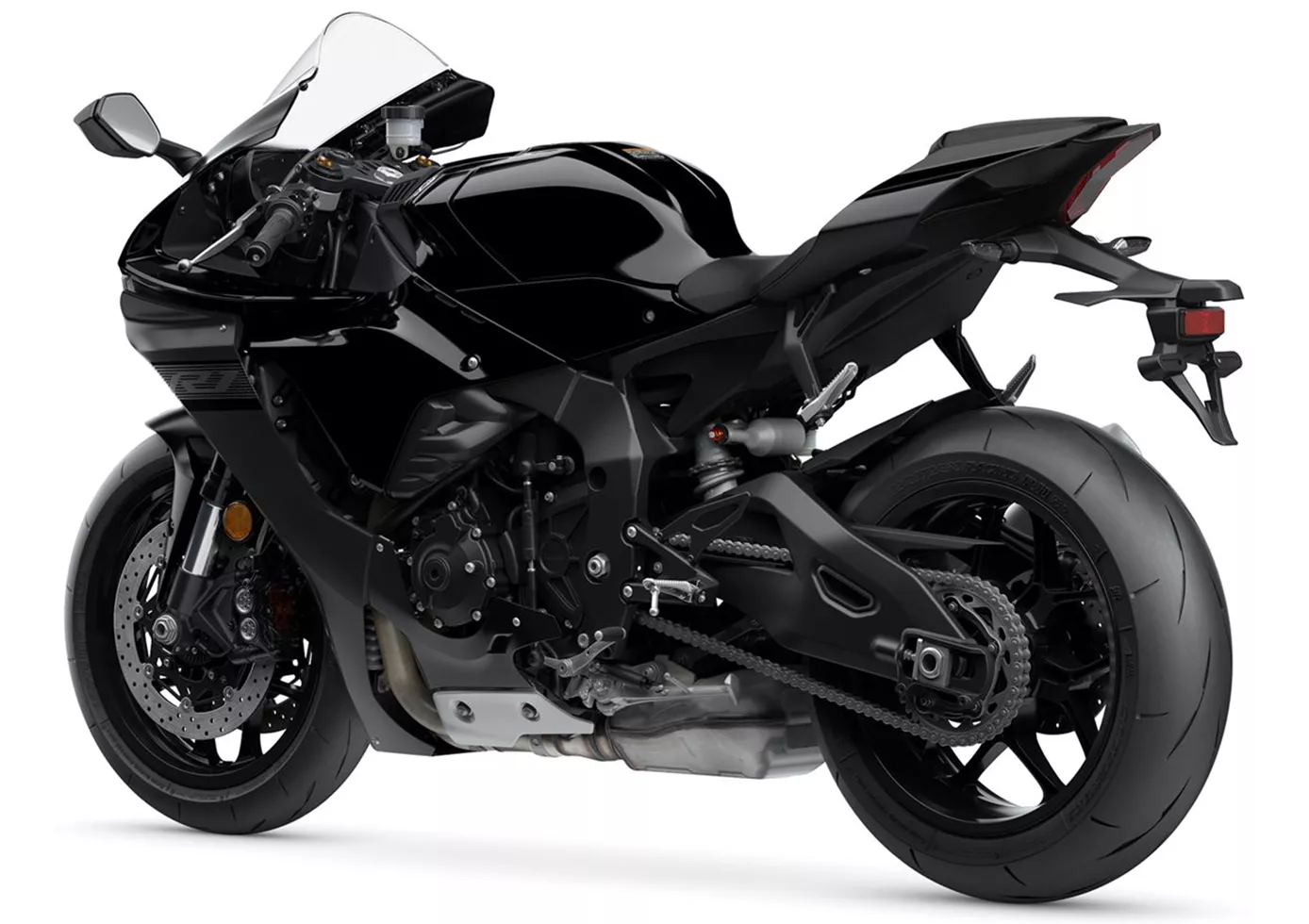
The Yamaha YZF-R1 is mature and makes countless racetrack pilots happy. The engine shines with lightness and agility, the seating position surprises positively and the handling is radical but still "suitable for the masses". The machine immediately stands out visually and also because of the heart-warming sound. Especially on the country road, the bike scores with its well-known strengths: great engine, great electronics, great package! A real pleasure to ride!
Price Comparison Avarage Market Price Yamaha YZF-R6 vs Yamaha R1
There are a few key differences between a Yamaha YZF-R6 2017 and a Yamaha R1 2020. It takes less time to sell a Yamaha R1 with 86 days compared to 136 days for the Yamaha YZF-R6. Since model year 2005 1000PS.de editors have written 33 reviews for the Yamaha YZF-R6 and 80 reviews for the Yamaha R1 since model year 2005. The first review for the Yamaha YZF-R6 was published on 10/17/2002 and now has more than 3,600 views. This compares to more than 3,900 views for the first review on Yamaha R1 published on 4/28/2003.

